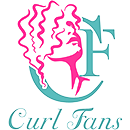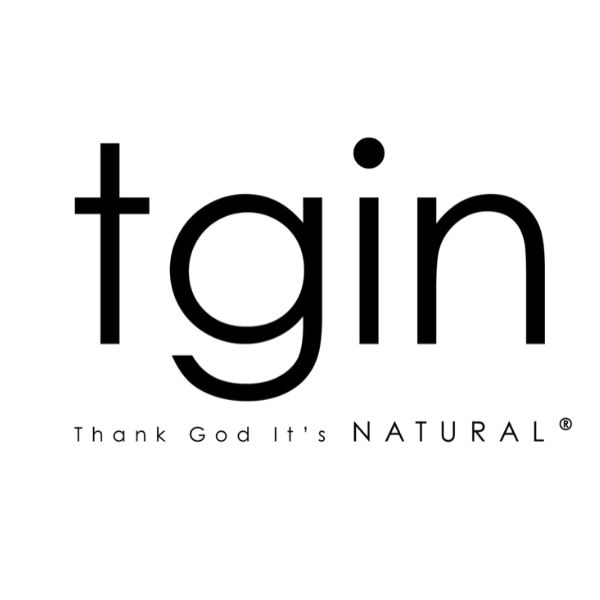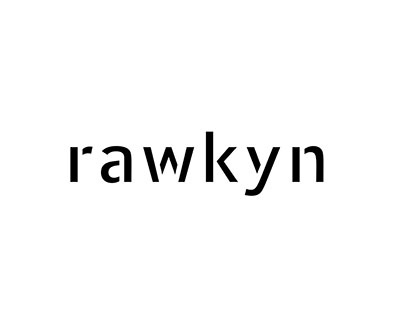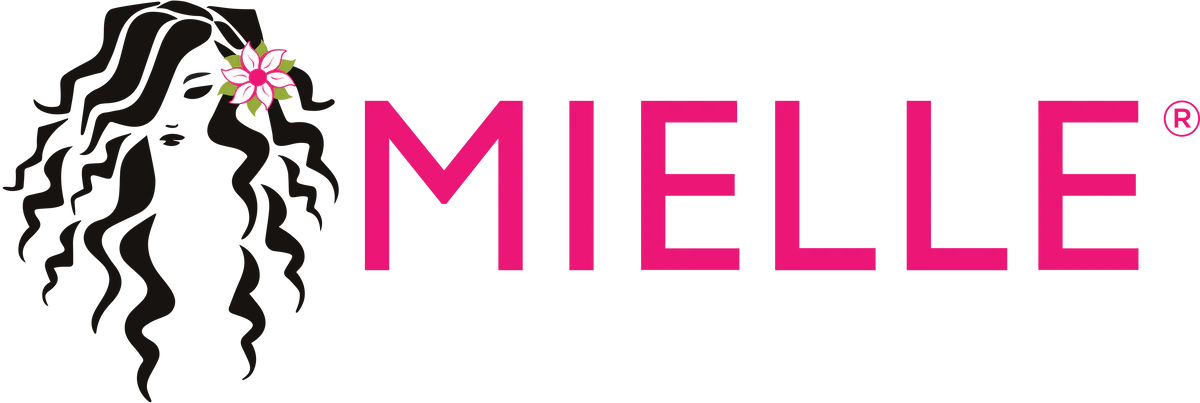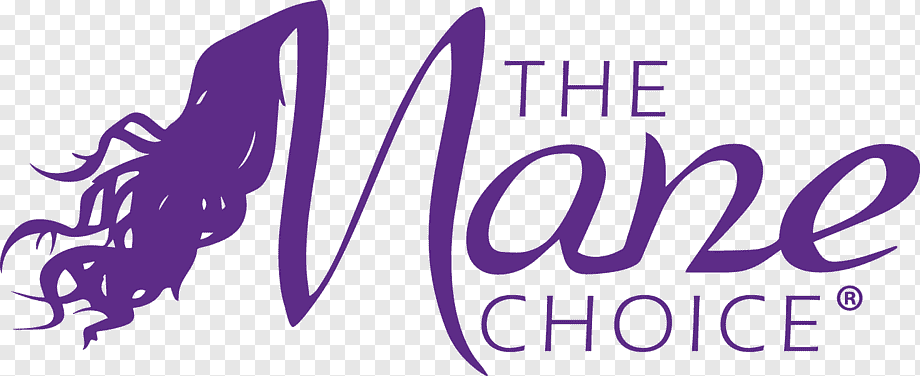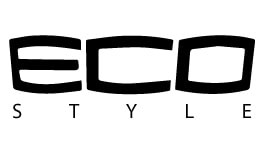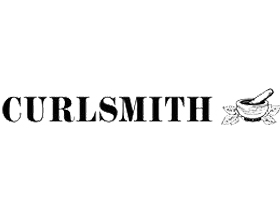The wrong way of using hair ties such as too-tight holds with elastic hair ties can leave your hair broken, bald, frayed, and even it could recede hairlines or cause headaches. In the following passage, we will discuss some common side effects of using Non-standard hair ties.
Hair is 95% keratin, a fibrous protein that’s also in your nails and skin. It is available both in the cuticle of your hair, a protective outer layer of cells that are like scales, and the cortex, which is the inner part that gives your hair its strength and flexibility. When the scales of the cuticle are tugged and lifted by external forces (styling products, tying, heat, pollution, etc.), your hair becomes fragile, which makes it vulnerable to loss of shine, drying, and brittleness.
How can non-standards hair ties damage your hair?
non-standards hair ties can cause hair fraying
Your hair is breaking as we speak. Every ponytail with a traditional elastic is asking for a murder scene with your tresses. your hair does not prefer being pulled back with cheaply made elastic, rubber or plastic. According to most hairdressers, keeping your hair up can cause balding in long term. Pulling your hair back with a hair tie too tight causes damage to the hair follicles. Too tight of a ponytail with traditional elastic cuts into the hair shaft causing fraying.
Traction alopecia or balding
Alopecia refers to hair loss. Traction alopecia is hair loss that’s caused by prolonged or repetitive tension on the scalp hair or better says “pulling on your hair”. You can develop this condition if you often wear your hair in a tight ponytail, braids, especially using chemicals or heat on your hair or, even putting your hair up in rollers overnight and also the weight of excessively long hair. You can prevent traction alopecia by stopping pulling your hair back. But if you don’t intervene soon enough, the hair loss may be permanent.
Headache
Even though there aren’t any nerves in your hair that would sense pain, there are extremely sensitive nerves underneath your hair follicles and in your scalp. When a ponytail triggers a sensation of tightness in too many of those nerves at once, a headache can result. Ponytail headaches are a type of external compression headache, meaning they can happen by a stimulus that’s outside your head. sweeping your hair up into a tight elastic can put pressure on your scalp. Over time, this pressure can even give you a pretty painful headache. Wearing your hair tight all day can put an unnecessary strain on your roots. This can cause your hair to break and damage it.
If you’re tired of having your hair in your face and want to still tie it, you can wear a hairband instead or even use strain-shaped hair ties which are like old phone wires to reduce the amount of pressure that your hair is facing.
In this blog, we took a look at the probable hair damages caused by ties. It can get really hard to take care of damaged hair, but it can get a little easier when you know your hair a little better.
If you use any other different method, make sure to share it in the comments with others. This can be very useful for those who have your hair type. Do you use hair ties for your curly hair? Share your experience with us in the comments.
